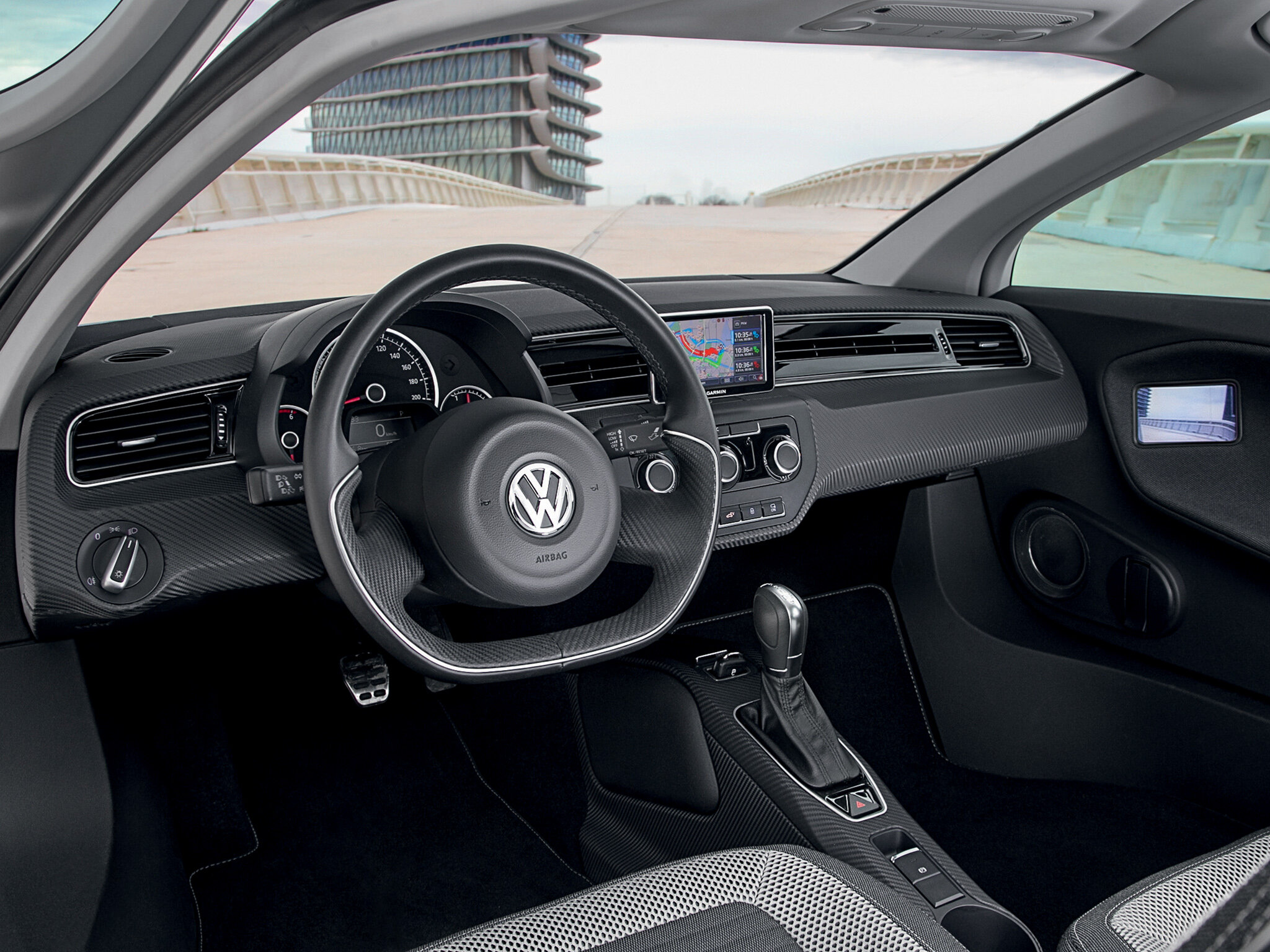
Every Monday we’re serving you up a delicious slice of pure postulation. That’s right, once a week we’re using our expertise and passion for the subject to predict what motors are destined for classic car stardom. This week, Parkers finance editor and former Classic Car Weekly news editor, Murray Scullion proposes the Volkswagen XL1.
Mad looking thing isn’t it? Even madder is its conception. It wasn’t designed to be a sales success. It wasn’t supposed to be a replacement for anything, and neither was it a bright new frontier. It was built to be an MPG-hyper-miling king. The figures are crazy too. 830cc, twin-cylinder, 69bhp, 89lb ft of torque, up to 317.4mpg. And they only tell part of the story.
Volkswagen XL1: History
Like most great classic cars, the XL1 has a fascinating story behind it. The year was 1998. Tony Blair was PM, Mika Hakkinen was giving Michael Schumacher a pasting in the Formula 1 World Championship, and VW boss Ferdinand Piech was thinking big.
How big? He tasked his engineers with a nigh-on impossible task - to build a car that can cover 100km using just one-litre of fuel. In 2002 Piech drove a single-cylinder diesel engined prototype to a shareholders’ meeting in Hamburg - achieving 317.4mpg.
Then, 2009 saw the next version pop up. Codenamed L1, it had a two-cylinder diesel engine with electrical assistance. Finally, in 2011, the prototype of what we now would call the XL1 was released. It officially went on sale in the UK in 2013 for (deep breath) £98,515. For something so meticulously made and rare (more on that later) it’s almost a bit of a bargain. But for a 0.8-litre diesel three-door Volkswagen, it was also out of this world pricing.

Volkswagen XL1: Rarity
The former Karmann plant in Osnabruck made just 250 VW XL1s - and only 28 of those came to the UK. So yeah, if rarity is a hallmark of the classic car, then the XL1 really is en route to becoming a classic.
The latest figures from howmanyleft put just 16 cars on UK roads that are taxed. We suspect the 12 other cars are sitting in private collections somewhere - although one has even made its way into the National Motor Museum at Beaulieu. Saying that - they do come up for sale every now and then. Admittedly, they’re not cheap. Silverstone Auctions shifted a 2015 model with 79 miles on the clock for £103,167.
Why should you care?
Fundamentally the XL1 is a bonkers gullwing coupe made in incredibly small numbers, with a history that even non-car nerds will find interesting.
The engineering is off-the-charts anal too. It only weighs 795kg, has an electric-only range of 31 miles, it’s made from a patented carbon fibre reinforced polymer, it has ceramic brake discs, unique tyres, mirrors with cameras rather than mirrors, and of course, it was the world’s most aerodynamic road-going production car at the time.
It is also extremely expensive. And not just to buy. Those bespoke Michelins are £800 a corner and a basic service (which is needed every 3000 miles) costs £1200 because the car needs to be hauled back to VW’s head office in Milton Keynes on a transporter.
Still - this is all character, isn’t it?
The CCfS Classic Car Prediction
Cars that age sharply sometimes become classics more quickly. The XL1 has almost not aged. The spaceship-like lines ensure that it looks nowhere near nearly 10 years old - which won’t help with some people’s opinion of it.
We’d say that by 2030, coincidentally the date new petrols and diesels will be banned, the XL1 will be accepted by most classic enthusiasts. Specific events are few and far between. But Volkswagen clubs will accept you, and some will even have XL1-specific chapters.
Any classic show aimed at eclectic, super-rare, or electrified classics would surely be more than happy to have an XL1 at their event too.
